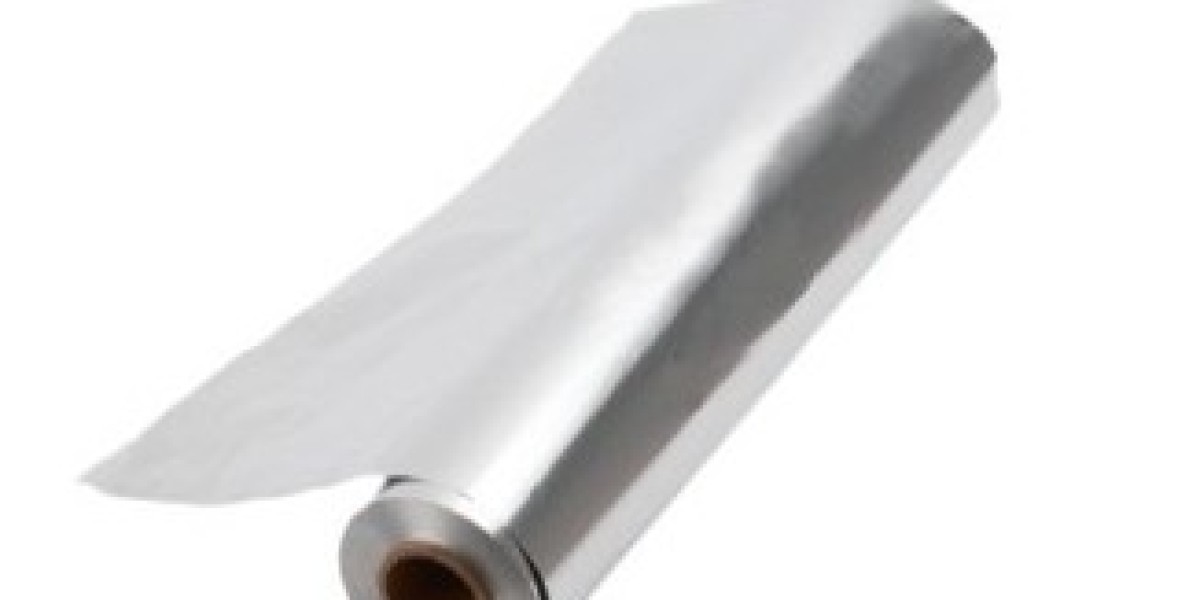Aluminium packaging foil is designed to be tough, but how you store and handle it before use is critical to ensuring it performs its job perfectly. Whether you're in a manufacturing facility, a commercial kitchen, or simply storing rolls at home, following a few best practices can prevent damage, contamination, and wasted product.
Here are our top tips for getting the most out of your aluminium foil.
1. Master the Art of Storage
Keep it Cool and Dry: Store foil rolls and sheets in a cool, dry environment. Avoid damp areas like basements or near sinks, as persistent moisture can, over time, lead to oxidation or corrosion, potentially causing pinholes.
Avoid Extreme Temperatures: Don’t store foil next to heat sources like ovens, radiators, or in direct sunlight. Excessive heat can compromise the protective coatings sometimes applied to the foil and make the material more brittle.
Store Flat and Upright: For rolls, the best practice is to store them upright on their ends. Laying them flat can cause them to become misshapen or "telescope," making them difficult to unroll smoothly on a dispenser.
Keep it in its Packaging: The original cardboard box or plastic wrapping isn't just for shipping. It protects the foil from dust, dirt, and accidental dents or crushing. Only remove it when you’re ready to load the roll onto a dispenser.
2. Handle with Care to Prevent Damage
Beware of Pinholes: The greatest threat to foil’s barrier properties is physical damage. Avoid dropping rolls, as the impact can create micro-tears or pinholes. Never drag or slide rolls across the floor.
Mind the Edges: The edges of cut foil can be sharp. Handle sheets with care to avoid cuts, and use appropriate tools (like the serrated edge on the box) for a clean tear. In industrial settings, ensure machinery is correctly calibrated to avoid creating burrs or tears.
Lift Correctly: A large roll of foil is heavy! Lift with your legs, not your back, and consider using appropriate equipment for moving heavy rolls in an industrial setting to prevent injury and product damage.
3. Optimise Usage for Best Results
Ensure Cleanliness: Always start with clean, dry hands and surfaces. Grease or food particles trapped between layers can compromise a seal or lead to contamination.
Use the Right Side (If Applicable): For non-stick foil or foil with special coatings, remember that the non-stick side is usually the dull side. Always check the manufacturer's instructions.
Avoid Contact with Highly Acidic or Salty Foods: When using foil for direct food contact in storage (e.g., wrapping a lemon), be aware that very acidic or salty substances can cause aluminium to corrode over extended periods. For long-term storage of such items, an inert container is better.
Inspect Before Use: In a professional setting, it’s good practice to do a quick visual inspection of the foil as it’s fed into the packaging machine to check for any obvious defects.
Conclusion
Aluminium foil is a robust and reliable material, but its performance is only as good as the care put into its storage and handling. By following these simple tips, you can ensure that every metre of foil delivers its full protective potential—keeping products fresh, safe, and secure. A little care goes a long way in preserving the integrity of this invaluable packaging hero.



